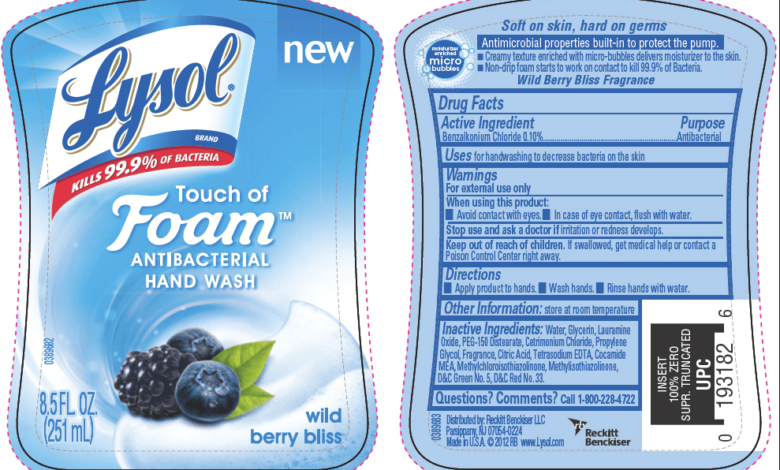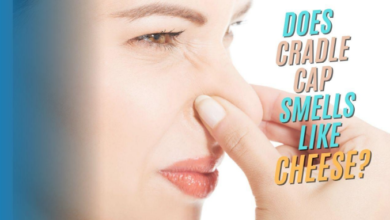Unlocking the Secrets of Lysol Ingredients: What Makes it So Effective?

In a world where cleanliness and hygiene are paramount, Lysol has become a household name. This powerful disinfectant has been trusted for generations to keep our homes, workplaces, and public spaces germ-free. But have you ever wondered what goes into making this iconic cleaning product? In this article, we’ll dive deep into the world of Lysol ingredients to uncover the science behind its effectiveness.
Understanding the Basics: What is Lysol ingredients?
Before we delve into the lysol ingredients, let’s start with the basics. It comes in various forms, including sprays, wipes, and liquids, making it versatile for different cleaning needs.
The Key Ingredients of Lysol
Lysol’s efficacy lies in its carefully crafted formula, which combines several active ingredients. Here’s a breakdown of the most important components:
1. Alkyl Dimethyl Benzyl Ammonium Saccharinate (ADBAC)
ADBAC is a powerful quaternary ammonium compound that serves as the primary disinfectant in Lysol products. It effectively kills a wide range of bacteria, viruses, and fungi, making it a crucial ingredient for germ eradication.
2. Ethanol or Isopropanol
Both ethanol and isopropanol are types of alcohol that serve as solvents in Lysol. These alcohols help dissolve and disperse other ingredients, ensuring even distribution and effective cleaning.
3. Hydrogen Peroxide
Hydrogen peroxide is another disinfecting agent found in some Lysol formulations. It acts as an oxidizer, breaking down and neutralizing harmful microorganisms.
4. Citric Acid
Citric acid plays a dual role in Lysol products.Solution, ensuring the disinfectant remains effective. Additionally, it contributes to the product’s pleasant citrus scent.
5. Fragrance
Lysol products often contain fragrances that mask the chemical odor of the active ingredients. These fragrances leave behind a fresh and clean scent after cleaning.
How Lysol Works
Now that we know the key ingredients, let’s explore how Lysol works its magic:
- Surface Contact: When you spray or apply Lysol to a surface, the active ingredients come into contact with germs and bacteria.
- Microorganism Destruction: ADBAC and hydrogen peroxide begin breaking down the cell walls of the microorganisms, effectively killing them.
- Disinfection: As the ingredients work their way through the pathogens, they disinfect the surface, leaving it free of harmful germs.
- Prevention: Lysol also leaves a protective barrier that helps prevent the regrowth of bacteria and viruses, keeping surfaces cleaner for longer.
The Importance of Proper Usage
While Lysol is a potent disinfectant, it’s essential to use it correctly to maximize its effectiveness. Here are some tips:
- Read Instructions: Always follow the instructions on the product label for the recommended contact time and usage guidelines.
- Ventilation: Ensure proper ventilation when using Lysol to avoid inhaling fumes.
- Safety Precautions: Keep Lysol out of reach of children and pets, and store it in a cool, dry place. Read more…
Conclusion
In the battle against germs and bacteria, Lysol stands as a formidable defender of cleanliness. Its carefully formulated lysol ingredients work synergistically to keep our homes and surroundings safe from harmful microorganisms. By understanding the science behind Lysol, we can use it effectively to maintain a healthy and hygienic environment.
FAQs (Frequently Asked Questions)
- Is Lysol safe to use on all surfaces?
- Lysol is generally safe for most surfaces but always check the product label for any restrictions.
- Can I use Lysol to disinfect fabrics?
- Some Lysol products are suitable for disinfecting fabrics. Refer to the label for specific instructions.
- Are there any eco-friendly Lysol alternatives?
- Yes, there are eco-friendly disinfectant options available that are biodegradable and less harmful to the environment.
- How often should I use Lysol to maintain cleanliness?
- The frequency of use depends on the level of foot traffic and potential exposure to germs. Regular cleaning is advisable.
- Can Lysol be used to disinfect electronics?
- It’s best to use specialized electronics cleaners to avoid damaging sensitive equipment.




